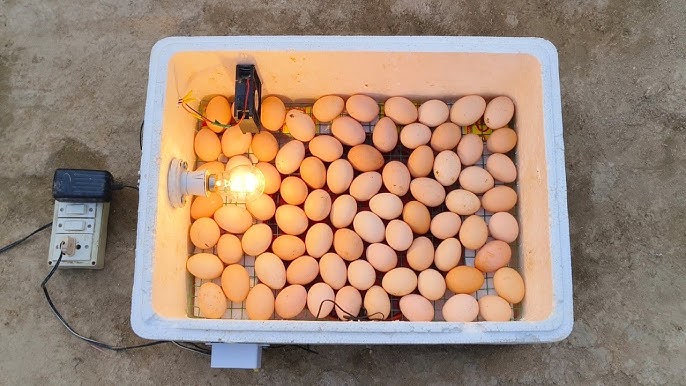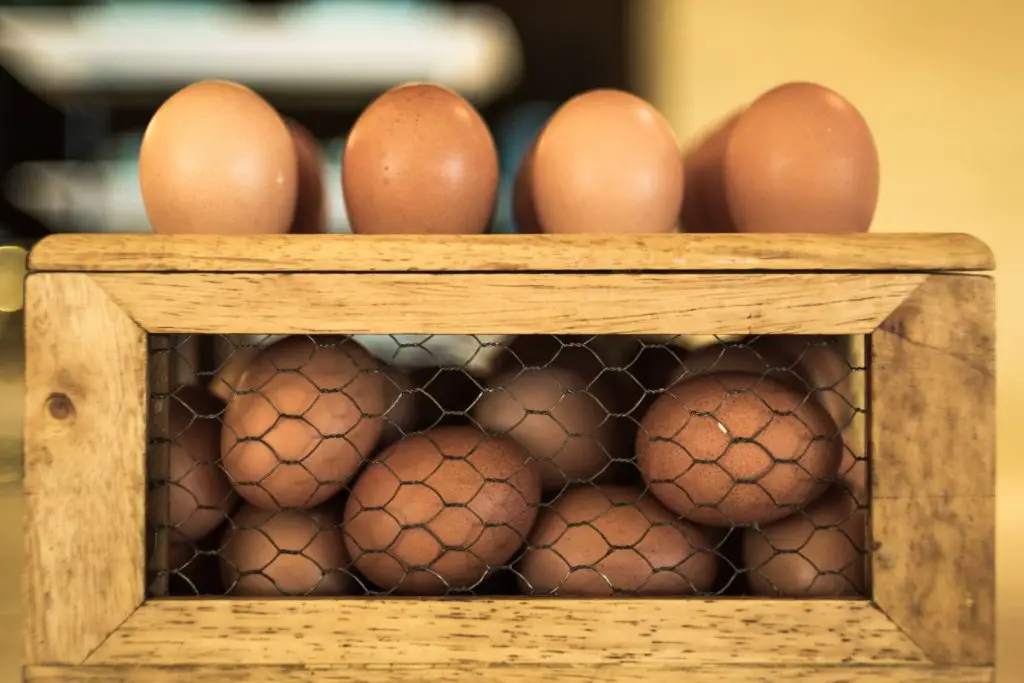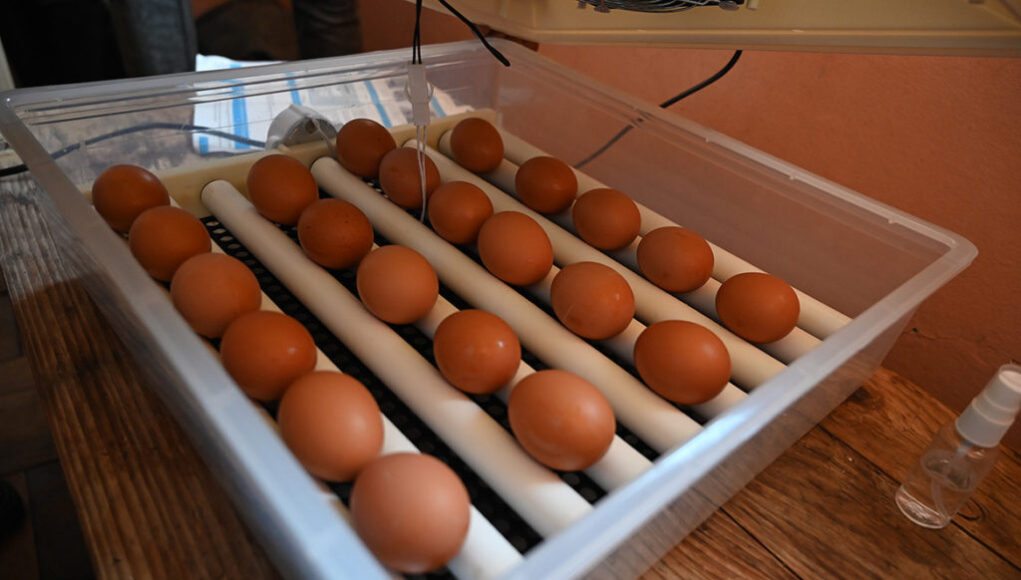Hatching eggs in an incubator can be an exhilarating and rewarding experience. For chicken lovers and aspiring poultry farmers, understanding the best incubator practices for hatching is vital to ensure the successful birth of healthy chicks. In this guide, we will walk you through the essential steps and considerations to maximize your hatching success.

Understanding Incubators
Before diving into the best practices, it is important to understand what an incubator is and how it functions. An incubator is a device that creates the ideal conditions for eggs to develop and hatch. It maintains the necessary temperature, humidity, and ventilation to mimic the natural environment of a brooding hen.
Types of Incubators
There are several types of incubators available in the market, including still-air incubators and forced-air incubators. Still-air incubators are generally smaller and rely on natural air movement, while forced-air incubators use fans to circulate air, ensuring uniform temperature and humidity levels.
Preparing the Incubator
To ensure the best results, proper preparation of the incubator is crucial. Begin by cleaning the incubator thoroughly to eliminate any bacteria or contaminants. Use a mild disinfectant and make sure that all parts are dry before assembling the incubator.
Setting the Right Temperature
The ideal temperature for incubating chicken eggs is around 99.5F (37.5C). It is important to regularly check and maintain this temperature throughout the incubation period. Even slight fluctuations can impact the development of the embryos.
Maintaining Humidity Levels
Humidity is another critical factor. For the first 18 days, maintain humidity at around 40-50%. During the last three days, increase humidity to 65-75% to help chicks hatch more easily.
Choosing the Right Eggs
Not all eggs are suitable for incubation. Select eggs that are clean, of average size, and have no visible cracks. It is also important to source eggs from healthy hens to increase the chances of successful hatching.
Storing Eggs Before Incubation
If you need to store eggs before placing them in the incubator, keep them in a cool, dry place at a temperature between 50-60F (10-15C). Turn the eggs daily to prevent the yolk from sticking to the shell.
Monitoring the Incubation Process
Regular monitoring is essential to ensure that the eggs are developing properly. Candling, or shining a light through the eggs, can help you track the progress of the embryos and identify any potential issues.
Turning the Eggs
Turning the eggs is crucial during the first 18 days of incubation. This prevents the embryo from sticking to the shell and helps ensure even development. Aim to turn the eggs at least three times a day.
Preparing for Hatching
As the hatching date approaches, stop turning the eggs and increase the humidity levels. This is known as the lockdown period, and it typically begins three days before the expected hatch date.
Creating a Safe Hatching Environment
Ensure that the incubator remains undisturbed during the hatching process. Disturbances can cause stress to the chicks and delay hatching. Once the chicks begin to emerge, allow them to dry and fluff up before transferring them to a brooder.
Post-Hatching Care
After the chicks have hatched, it is important to provide them with a warm and safe environment. A brooder with a heat lamp can help maintain the necessary temperature. Ensure that the chicks have access to clean water and starter feed.
Monitoring Chick Health
Keep a close eye on the chicks in the days following hatching. Monitor their behavior and make sure they are eating and drinking properly. Any signs of lethargy or distress should be addressed promptly.
Troubleshooting Common Issues
Even with the best incubator practices for hatching, challenges may arise. Some common issues include temperature fluctuations, low hatch rates, and malformed chicks. Understanding these problems and knowing how to address them is key to improving future hatching success.
Addressing Temperature Fluctuations
If you notice temperature fluctuations, check the thermostat and ensure that the incubator is in a stable environment, away from drafts and direct sunlight.
Improving Hatch Rates
If you experience low hatch rates, review your process and consider factors such as egg quality, incubator settings, and handling practices. Making adjustments can lead to better outcomes in future hatches.

FAQs
What is the ideal temperature for incubating chicken eggs?
The ideal temperature is 99.5F (37.5C). Maintaining consistent temperature is crucial for successful hatching.
How often should I turn the eggs during incubation?
Eggs should be turned at least three times a day during the first 18 days of incubation.
What should I do if my hatch rate is low?
Review your incubator settings, egg quality, and handling practices. Making necessary adjustments can improve hatch rates in subsequent attempts.
For more insights on hatching chicks, visit this article on how incubators work. For tips on providing herbs to your chicks, check out our guide on giving herbs to chicks safely.
For additional information on preparing herbs for your chickens, you can also explore our article on preparing herbs for chickens in winter.
This article contains affiliate links. We may earn a commission at no extra cost to you.











